
全部
▼
搜索
熱搜:
位置:中冶有色 >
> γ′ 相對高鎢鎳基高溫合金拉伸和持久變形行為的影響
 551
編輯:中冶有色技術(shù)網(wǎng)
來源:韋林,周思耕,盛乃成,于金江,侯桂臣,王標,權(quán)佳,周亦胄,孫曉峰,康涌
551
編輯:中冶有色技術(shù)網(wǎng)
來源:韋林,周思耕,盛乃成,于金江,侯桂臣,王標,權(quán)佳,周亦胄,孫曉峰,康涌





| Rp0.2 /MPa | Rm/MPa | A/% | Z/% | |
|---|---|---|---|---|
| As-cast | 936 | 1054 | 4.0 | 10.0 |
| Heat-treatment | 775 | 1040 | 6.5 | 11.0 |


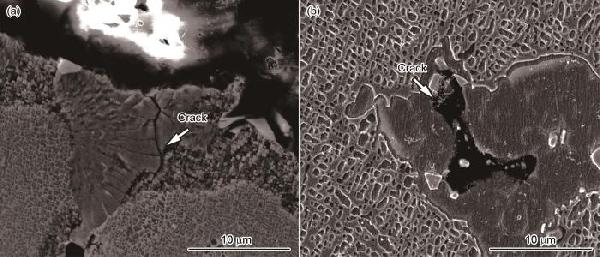
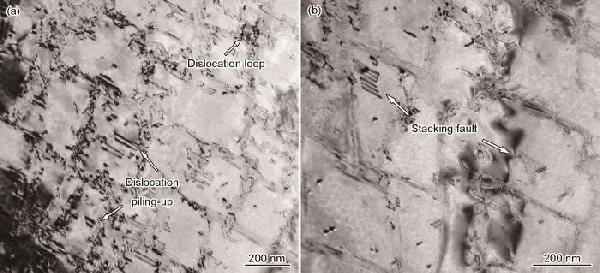


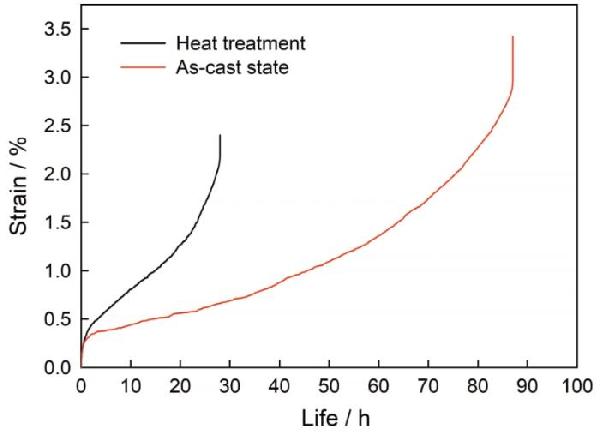
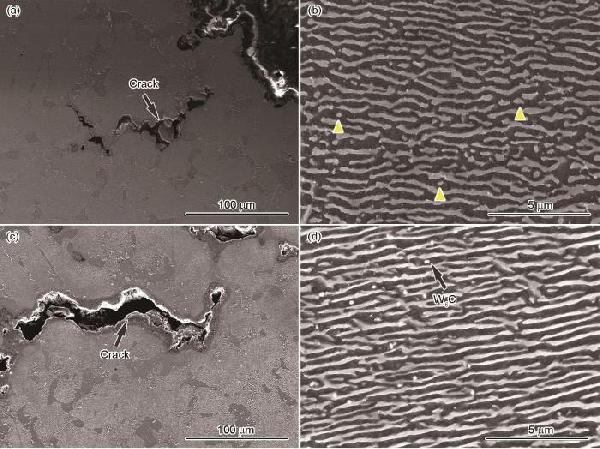
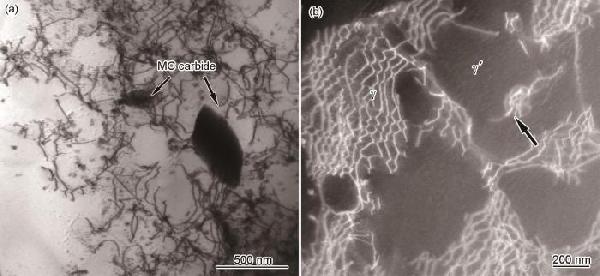

 分享 0
分享 0
 舉報 0
舉報 0
 收藏 0
收藏 0
 反對 0
反對 0
 點贊 0
點贊 0

 中冶有色技術(shù)平臺
中冶有色技術(shù)平臺 2025年03月25日 ~ 27日
2025年03月25日 ~ 27日  2025年03月28日 ~ 30日
2025年03月28日 ~ 30日  2025年04月11日 ~ 13日
2025年04月11日 ~ 13日  2025年04月24日 ~ 27日
2025年04月24日 ~ 27日  2025年04月27日 ~ 29日
2025年04月27日 ~ 29日 
